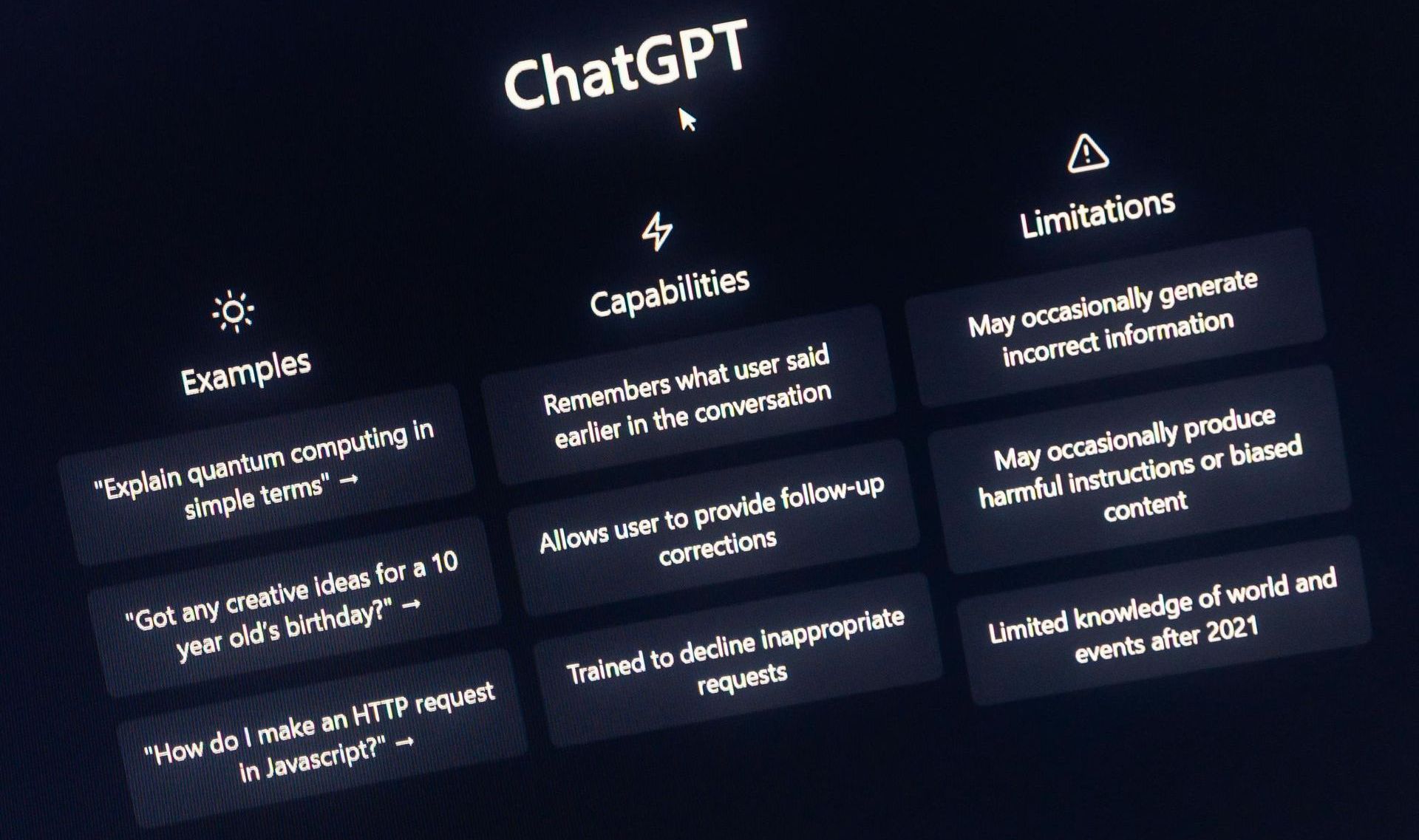How to Build a PR Strategy for Your Startup
Essential PR strategies and tactics for startup success in today's digital media landscape
You've built something innovative—but how do you get the world to notice? A strategic PR approach isn't just about getting press coverage; it's about building credibility, attracting investors, and creating lasting relationships with your audience. In this guide, we'll walk you through creating a PR strategy that amplifies your startup's voice and drives sustainable growth.
Understanding the Foundations of Startup PR
Before diving into tactics, let's clarify what PR means for startups. Unlike established companies, startups face unique PR challenges:
- Limited brand recognition
- Tight budgets
- Complex technical stories to tell
- Fast-moving competitive landscapes
- Need for quick results
Your PR strategy needs to address these challenges while maximizing your available resources.
Building Your PR Foundation
1. Define Your Story
Every successful startup PR strategy starts with a compelling narrative. Ask yourself:
- What problem are you solving?
- Why is your solution unique?
- Who benefits from your innovation?
- What inspired your startup's creation?
Your story should be authentic, memorable, and easy to understand.
2. Know Your Audience
Identify and understand three key audiences:
- Primary: Your potential customers
- Secondary: Investors and industry partners
- Tertiary: Media and influencers
For each group, document:
- Their key pain points
- Information consumption habits
- Decision-making factors
- Preferred communication channels
3. Develop Your Message Architecture
Create a clear hierarchy of messages:
- Core value proposition
- Supporting messages
- Proof points and evidence
- Call to action
Ensure all communication aligns with this framework for consistency across channels.
Creating Your PR Toolkit
Essential Elements
Build a comprehensive PR toolkit containing:
- Media MaterialsCompany fact sheet
- Founder bios
- Product information
- High-resolution images
- Brand AssetsLogo files
- Brand guidelines
- Visual assets
- Company boilerplate
- Story BankCustomer testimonials
- Case studies
- Success metrics
- Industry insights
Implementing Your PR Strategy
Choose Your Channels
Select channels based on where your audience gets information:
- Earned MediaIndustry publications
- Tech blogs
- Business press
- Podcasts
- Owned MediaCompany blog
- Newsletter
- Social media
- Website
- Shared MediaIndustry forums
- Partner channels
- Community platforms
Create a Content Calendar
Plan your PR activities around:
- Product launches
- Industry events
- Market trends
- Company milestones
- Seasonal opportunities
Measuring PR Success
Track these key metrics to evaluate your PR efforts:
Quantitative Metrics
- Media mentions
- Website traffic
- Share of voice
- Lead generation
- Social engagement
Qualitative Metrics
- Message pull-through
- Brand sentiment
- Relationship quality
- Story placement
- Audience feedback
Crisis Management Planning
Prepare for potential issues with:
- Response protocols
- Spokesperson guidelines
- Statement templates
- Media contact list
- Monitoring systems
Best Practices for Success
- Build Relationships FirstConnect before you need coverage
- Provide value to journalists
- Engage authentically
- Stay ConsistentMaintain regular communication
- Keep messaging aligned
- Follow up reliably
- Be Resource-EfficientFocus on high-impact activities
- Repurpose content effectively
- Use automation tools wisely
PR is a marathon, not a sprint. Focus on building genuine relationships and providing real value to your audience. Start with these fundamentals and adjust your strategy based on results and feedback.











